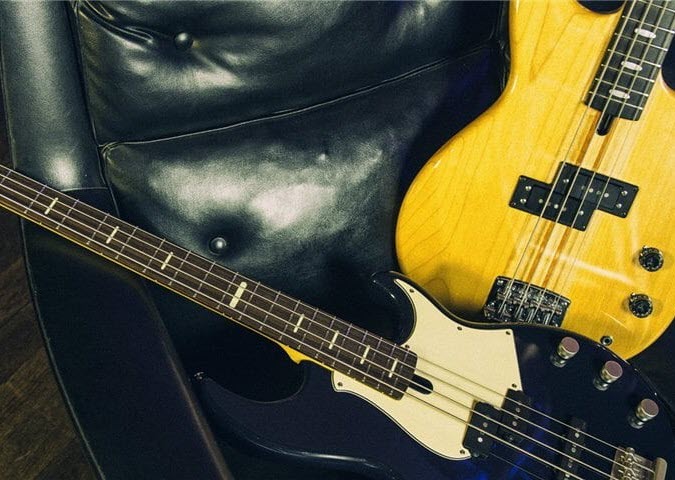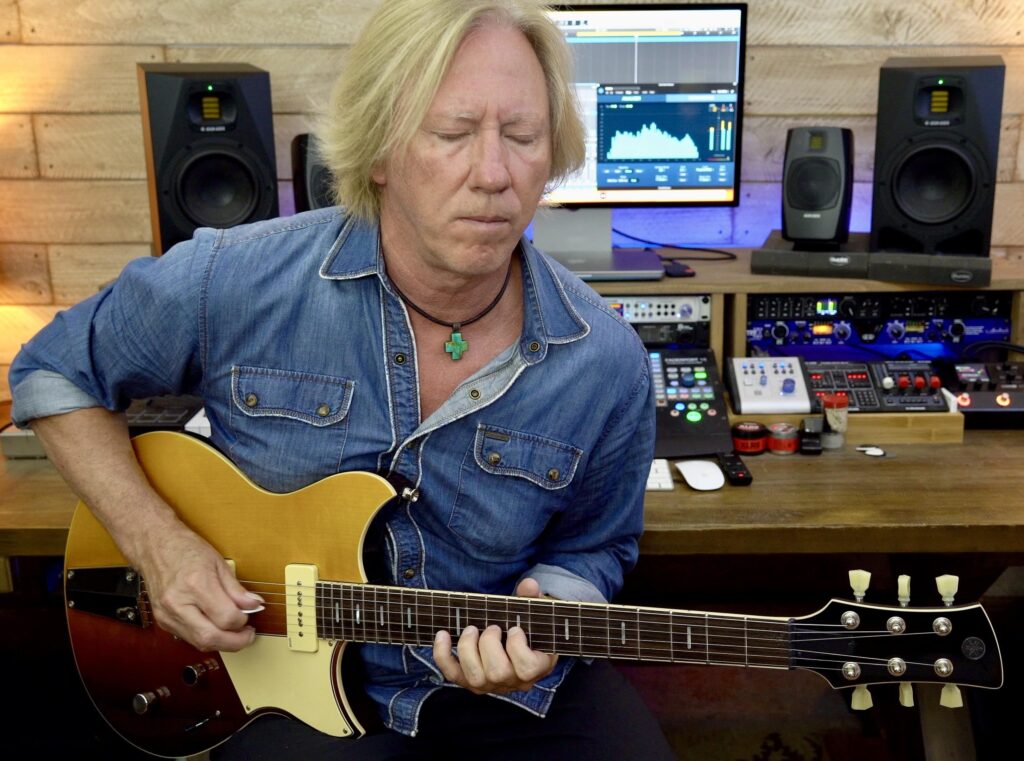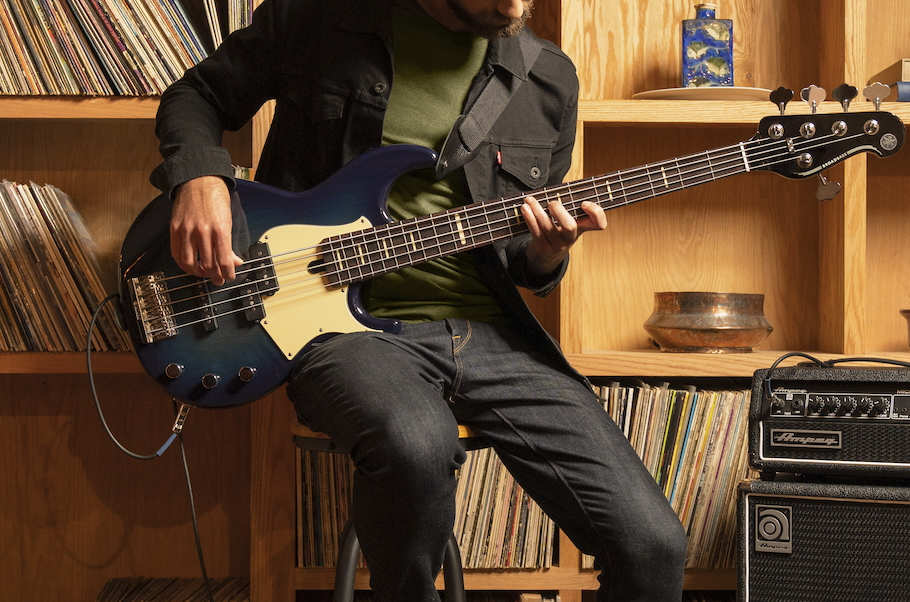How to Choose the Right Bass Strings
When it comes to bass, if there are no strings attached, there’s no sound.
No matter how great your bass may be, it’s only a slab of wood if it doesn’t have strings. Throw strings on it, though, and it suddenly springs to life.
The vibrations your hands create when they touch those strings resonate through the entire bass — the body, neck, tuners, nut, fret wire, bridge, pickups and other electronics — helping to create a unique audio signal for your amp to reproduce. So the strings you choose matter a great deal.
Just like basses, strings come in many different varieties. From a layman’s perspective, string construction isn’t a popular topic at parties — it’s just a wire, after all, wrapped in another wire or some other material. But ask any string manufacturer, or any discerning player, and you’ll hear passionate explanations about how the material choices and construction approaches dramatically affect the way a given string sounds and feels under your fingers. And to be fair, they’re right.
Here’s what you need to know to choose the right strings for you.
Winding
The type of winding is probably the most important string decision you can make because it will have the most impact on the sound of the bass you play and how you play it (i.e., fingerstyle, slap, with a pick, etc.). “Winding” refers to the material wrapped around the string’s core. It’s the surface that your fingers touch, and the surface that comes in contact with your frets and/or fretboard. Bass strings are available in four types of windings: flatwound, tapewound, roundwound and half round.
– Flatwounds were essentially the only game in town for bass strings until the 1960s, so they are synonymous with the classic round, mellow bass sound common to jazz and vintage rock. Their flat windings feel smooth on your fingertips, are easy on your frets, and don’t eat up the fingerboard the way other types of strings can.
– Tapewound strings are even silkier to the touch than flatwounds thanks to a nylon layer wrapped around the steel core. They tend to be dark-sounding — on some basses, even bordering on dull and thumpy — and deliver a tonality that’s more akin to what you might expect to hear from an upright bass.
– Roundwounds are the most popular winding type in use today. These strings are typically wrapped in stainless steel or nickel, and are renowned for their piano-like brightness and sizzle. They’re also the harshest on your fingertips, frets and fretboard, but if you’re into rock or funk, they deliver a hallmark sound that’s hard to beat. Yamaha basses are shipped with roundwound strings.
– Half rounds are essentially roundwounds that are ground to a somewhat flattened surface, which results in less string noise while also prolonging the life expectancy of your frets. Halfs aren’t as bright-sounding as roundwounds, but they are brighter than flatwounds and tapewounds.
Personally, I love the warmth of a bass strung with flatwounds played through a neck-position pickup, but I am equally in love with the sizzle of roundwounds when using a bridge-position pickup. If you’re not sure what’s right for you, think about a player whose sound you’d like to most closely emulate, then find out what strings they use. And consider taperwound strings for any of these winding types — they’re manufactured so that the windings taper toward the bridge end of the string (just in front of the ball end that attaches the string to the bridge) to enable the metal core to make direct contact with the bridge saddle. (If you decide to use taperwounds, make sure you confirm that the scale length for the string set you purchase matches the scale length of your bass.)
Wrap Material
While the type of wrap is the most important factor when it comes to strings, the wrap material also provides unique characteristics that color the resulting tone, affect how the strings feel, and contribute to how long they’ll last.
There are a number of different wrap materials commonly used in bass strings:
– Stainless steel is the brightest-sounding material available, and it lasts the longest.
– Nickel-plated steel is bright-sounding as well, but it isn’t as harsh on the hands and frets. Yamaha basses are shipped with nickel-plated strings.
– Copper-plated steel is very bright and commonly used on acoustic electric basses.
– Pure nickel is duller sounding (it’s the least magnetic material), with more of a vintage tone.
In addition, manufacturers sometimes apply protective coatings to help strings resist corrosion and give them longer life. Just be aware that the type of coating used can also color the sound of the strings.
String Gauge
This is a number that refers to the diameter, or thickness, of each string. A set of strings is identified by the gauge of the lowest string in the set. Yamaha basses, for example, are shipped with .45 gauge strings; the top string in their four-string models is .105 gauge, while the top string in five-string models is .130 gauge.
Comparatively speaking, heavy gauge strings sound meatier — less slinky — than lighter gauge ones; they make a good match for aggressive players who really attack their instruments. However, the heavier the gauge, the more tension the string will require to be tuned to pitch … and the more tension you add to a string, the harder it becomes to press down on a fret, so you’ll need good finger strength. In addition, thicker strings require wider slots in nuts and bridge saddles, and also create more tension on the truss rod(s) in your bass’ neck, so if you’re currently playing light or medium gauge strings and want to move to heavier gauge ones, you’ll likely need to have your bass set up (truss rod and intonation adjusted, action raised or lowered) by a qualified pro or things will quickly get out of whack.
Lighter gauge strings are much more pliant under your fingers, can be more easily bent, and deliver more snap and percussive funkiness, albeit with less fundamental bassiness. You can compensate to some degree by turning up the low tone control on your amp, but it still won’t sound the same as if you were using heavier-gauge strings.
Core Shape
A string’s core wire is usually made from steel, and it comes in essentially two different shapes: hex and round:
– A hex core, as its name implies, is hexagonal, which gives the string windings something to grab onto. But because the hex core’s six-sided shape has flat surfaces rather than being round, that means the windings don’t constantly touch the core all the way around, which results in a brighter tone.
– Round core strings — which many players associate with a vintage tone — maintain constant contact with the core, helping to create a darker and more fundamental sound with less tension required, translating into a string that’s slightly easier to play.
There’s a lot to consider here, I know. Longtime players typically find a brand of strings from a specific manufacturer that works for them and stick with it for years — sometimes even decades. In fact, some bassists will play the same set of strings on their bass for that long! (See Jamerson, James.) But don’t be deterred if you’re relatively new to the bass. The more you play and try out different strings, the sooner you’ll figure out what you like and what you don’t like. Oh, and one last tip: Always remember to buy strings that match the scale length of your bass (as measured from nut to saddle). This may seem inherently obvious, but trust me, the first time you slip up and go to put the wrong ones on, you won’t be a happy camper!
Click here for more information about Yamaha basses.















